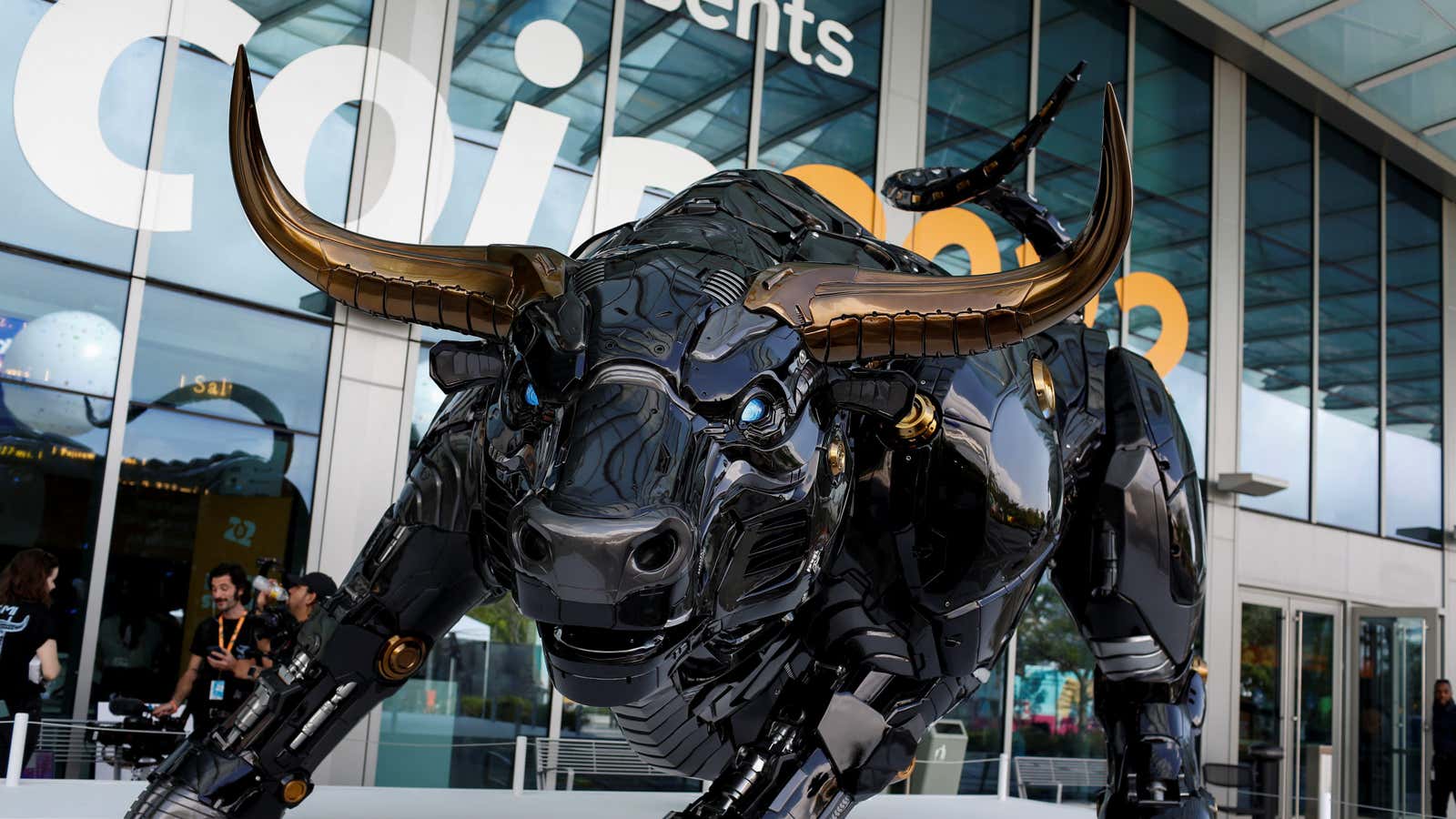The cryptocurrency industry sometimes markets itself as an alternative to the traditional financial system and its dependence on the US Federal Reserve, but this week crypto investors are learning how useful it is to have a lender of last resort.
As the industry weathers a bear market that’s destroyed $2 trillion, Bahamas-based crypto exchange FTX gave crypto lender BlockFi a $250 million loan. The head of FTX, Sam Bankman-Fried, also owns quant trading firm Alameda Research which last week extended a revolving line of credit to crypto broker Voyager Digital last week. (Crypto markets are happy with the deal: In the last 24 hours, the FTX token is up nearly 9%).
Collateralizing loans with digital assets that are worth more than the principal of the loan was supposed to keep crypto lenders solvent in a crisis.
These lending standards aren’t always followed, however, as some lenders offer unsecured loans and others lend out the collateral backing loans. Collateralization also doesn’t save a lender from a borrower who is unable to meet margin calls in a market where the price of the collateral plummets suddenly.
FTX’s CEO is now choosing winners and losers in the crypto bear market. The move is not unlike when JP Morgan stepped in to save the traditional financial system during the bank panic of 1907, analysts have noted on Twitter.
At the time, JP Morgan along with John D. Rockefeller and then Treasury Secretary George Cortelyou provided several million in loans to stop the bank run. Morgan strong-armed New York banks to lend to brokerages to keep the New York Stock Exchange (NYSE) open.
The Federal Reserve was born in 1913 as the lender of last resort and as the entity that controlled both credit and the supply of US dollars.
Unlike the bank panic of 1907, it’s not clear that this latest crypto crash will result in the creation of any new centralized entities, but it does set a precedent for which companies the crypto markets will look to in the future to stabilize financial conditions. The more the crypto world tries to avoid dependence on the Fed, the more its biggest players will end up playing a similar role instead.
